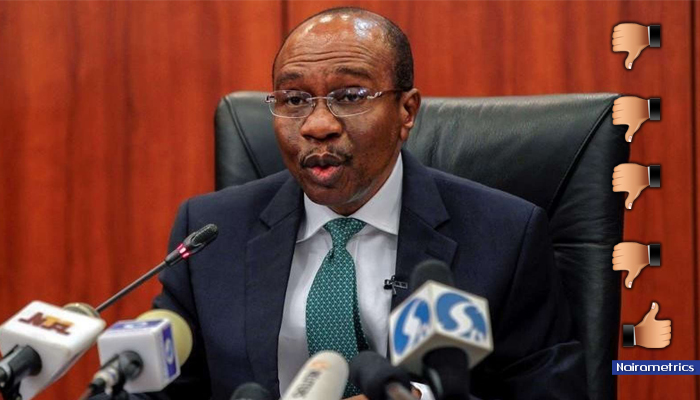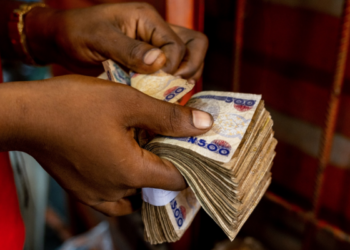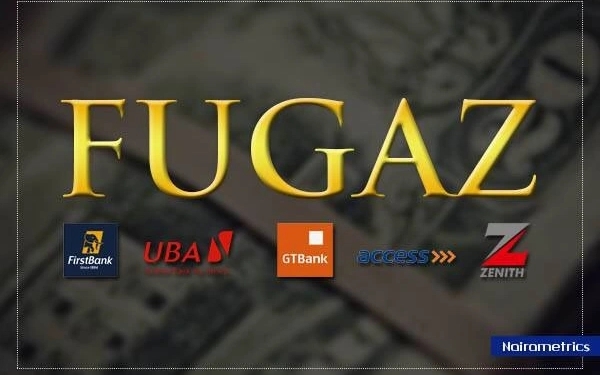Moody’s Investors Service (Moody’s) recently downgraded to B2 from B1 the long-term local currency deposit and issuer ratings of four tier one Nigerian banks and the of Bank of Industry. Moody’s also downgraded to B3 from B2 the long-term foreign currency deposit ratings of four tier one banks and two tier two banks. Tier one banks are the biggest banks in the country in terms of capitalization.
What are the ratings about ?
Credit rating agencies provide individual and institutional investors with information that assists them in determining whether issuers of debt obligationswill be able to meet their obligations with respect to those securities. The issuers could be either companies or countries.
Why Moody’s downgraded the ratings
Moody’s had recently downgraded the Federal Government’s sovereign issuer rating from B2 to B1. The agency took the decision due to the government’s failure to diversify its revenue base and its relatively large debt. The drop in the FG’s rating. The drop in government’s rating meant it had a weaker capacity to support banks in the event of a crisis.
Moody’s also noted that the banks held significant amount of government securities thus closely linking their credit profiles to that of the government. A macroeconomic shock to the government’s finances would leave the banks exposed.
The downgrade is not a major deal
Several of the banks mentioned in the report, have begun moves to raise capital. Union bank recently concluded a N50 billion rights issue. Zenith bank recently raised a Eurobond which it will apply towards general banking purposes. CBN Governor Godwin Emefiele had also hinted at a likely reduction in MPR rate. This would lead to a fall in treasury bills rate, and the demand by the banks. The government has also unveiled plans to increasing foreign borrowing, which would lead to a reduction in the volume of treasury bills that would be issued going forward.
Implications of the reduced ratings
Debt raised by the banks from outside the country, may go at a slightly more expensive rate. Several of the banks mentioned in the report had recently raised Eurobonds.






















